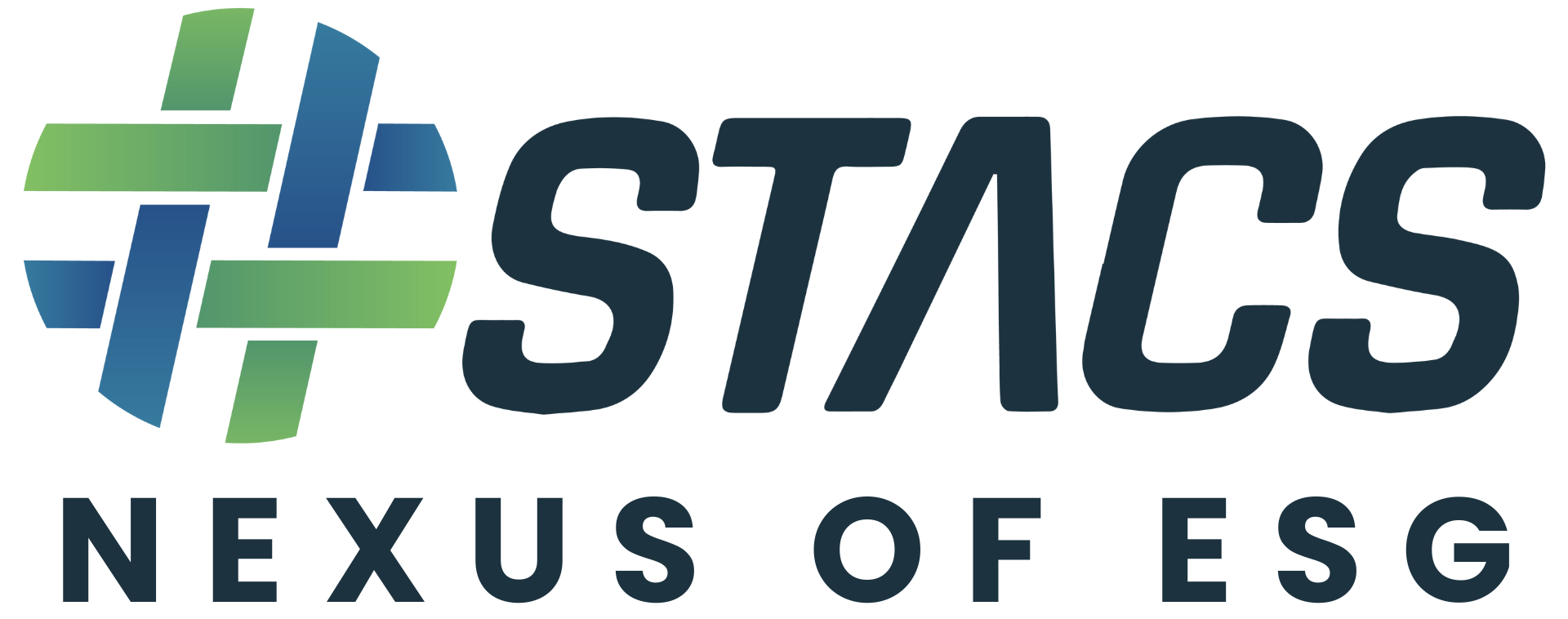Business Functions
Trade Lifecycle Management of Securities
Margin Compression is a Structural Challenge
The trade lifecycle management of securities is increasingly complex, with workflows differing from institution to institution. Usage of blockchain technology allows for highly differentiated workflows to be processed with ease.
With business logic programmed into the digital securities during the asset issuance phase, this create an ‘if-then’ logic construct that facilitates asset servicing. The end state is a highly modular technology stack that allows for concurrent confirmation of asset servicing across the entire trade execution value chain.
Post Trade Clearing and Settlement
Post Trade Is an Increasing Driver of Liquidity
Post trade is increasingly being recognised as the driver behind trading. Post trade facilitates the clearing and settlement of securities and derivatives market trades, enabling for settlement finality in depositories. In addition, post trade also covers asset servicing and the provision of liquidity to market participants.
The usage of blockchain in post trade is based on the idea that a single source of truth eliminates entirely the need for reconciliation. Furthermore, smart contracts are able to automate the movement of funds and securities to effect settlement finality while maintaining the integrity of investor holdings, thereby aiding in removing operational complexity.
Post Trade Is an Increasing Driver of Liquidity
Post trade is increasingly being recognised as the driver behind trading. Post trade facilitates the clearing and settlement of securities and derivatives market trades, enabling for settlement finality in depositories. In addition, post trade also covers asset servicing and the provision of liquidity to market participants.
The usage of blockchain in post trade is based on the idea that a single source of truth eliminates entirely the need for reconciliation. Furthermore, smart contracts are able to automate the movement of funds and securities to effect settlement finality while maintaining the integrity of investor holdings, thereby aiding in removing operational complexity.
Post Trade Clearing and Settlement
Digital Identity Management
Digital Identity Management
Identity forms the core foundation of a functioning financial ecosystem. At the most basic level, it is vital that all financial institutions can verify and validate their client identities in line with existing regulations. Beyond identity, various use cases across the entire trade lifecycle are enabled, as eligibilities, restrictions and attestation processes can now be verified and automated.
Documents Verification
Information Data Management
The new age information system architecture is a modular tech stack meant to effectively capture, integrate, and organize data. Representing a systemic shift away from the currently siloed systems, the new flexible hybrid architecture possesses the ability to have both secured storage yet easy retrieval of documents, allowing for a more efficient, distributed, concurrent processing of operations.
Information Data Management
The new age information system architecture is a modular tech stack meant to effectively capture, integrate, and organize data. Representing a systemic shift away from the currently siloed systems, the new flexible hybrid architecture possesses the ability to have both secured storage yet easy retrieval of documents, allowing for a more efficient, distributed, concurrent processing of operations.
Documents Verification
Transaction Monitoring
A Pillar of AML/CFT Compliance
Firm specific and market aggregated data on transaction activity are critical for ensuring compliance. With ever evolving regulations and growing regulatory scrutiny, compounded by increasingly punitive outcomes for regulatory breaches, the cost of regulatory adherence is becoming daunting.
Blockchain technology provides a single source of truth with immutable audit history for financial institutions. The ability to provide on demand, a snapshot of investor holdings with unencumbered previous transaction history further gives regulators assurance of a calm and orderly financial system. Combined with smart contracts, financial institutions can remain compliant with regulations and prevent a breach of regulatory activities.




